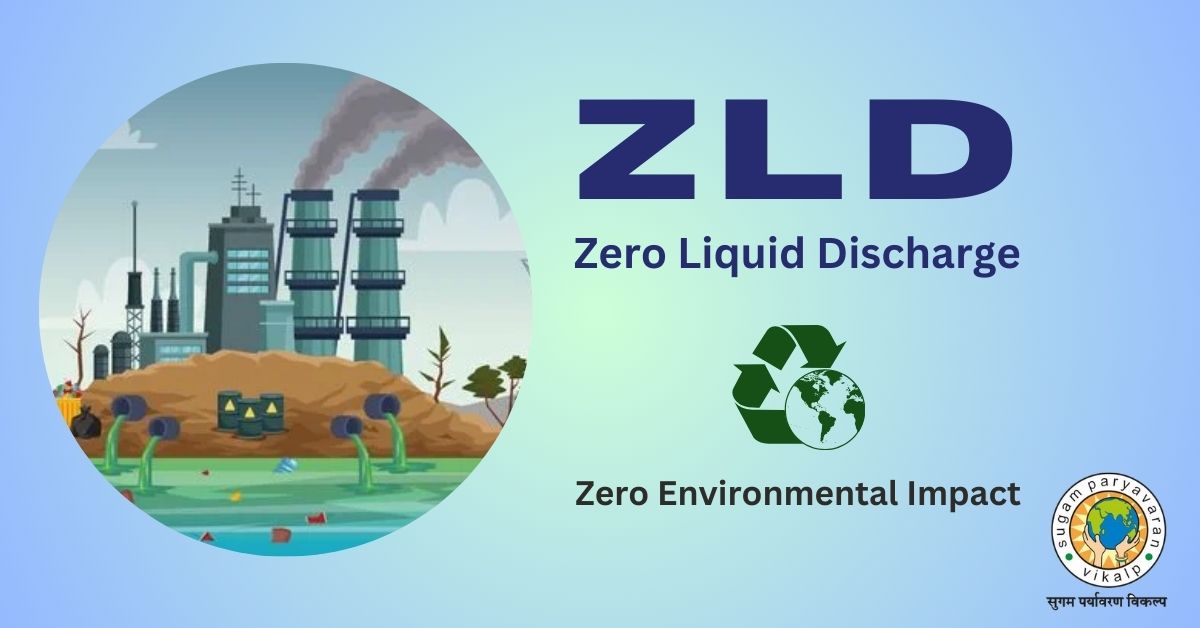SBT as Bioremediation tool for sewage recycling

Date: SEPTEMBER 09, 2022 | Author: DR AVINASH KADAM
Bioremediation of Sewage
Many Communities and Industries across the world are intensely exploring natural bioremediation tool as an important source to clean up waste water. Bioremediation mainly uses naturally occurring microorganisms and other aspects of the natural environment to treat the wastewater of its nutrients. This type of initiative provides an avenue to environmentally and economically sustainable treatment methods. In most of the under developed countries of the world, optional methods of sewage water and wastewater treatment are required. There is growing emphasize on sustainable wastewater treatment across world whether it is developed or under developed countries. Waste water treatment using natural bioremediation technique is a cost effective approach.
The main underlying principle of this approach is its dependence on natural components for achieving the purpose. Natural systems mainly have two basic approach – aquatic and terrestrial mode of disposal. Various such natural remediation approaches are being explored such as Pond Systems (Waste stabilization ponds, lagoons, aerated lagoons, aerated ponds, facultative ponds), Aqua culture systems (water hyacinth systems Duckweed systems), wetland systems (constructed/natural), waste stabilization ponds (WSP), lagoons, aerated lagoons and terrestrial ecosystems (such as Soil Aquifer Treatment alias SAT system, Overland Flow System, Slow rate Land Infiltration and recently, Soil Biotechnology alias SBT system)
Soil Biotechnology alias SBT approach for sewage remediation
Soil biotechnology (SBT) is a green engineering approach for wastewater treatment and recycling. Its an oxygenation engine similar to conventional technologies like activated sludge process (ASP), sequential batch reactor (SBR), membrane bio reactor (MBR) and moving bed bio-reactor (MBBR). But, contrary to them where aeration is achieved mechanically which is very energy intensive, this technology is based on a bio-conversion process where fundamental reactions of nature, namely respiration, photosynthesis, nitrogen fixation, nitrification and denitrification, take place in a media housing micro- and macro-organisms which bring about the desired purification. SBT uses natural geological media of suitable mineral constitution and culture containing native microflora and plants as bioindicator. Its natural ingredient makes is an ideal candidate for natural remediation technique.
Its treatment performance with respect to COD, BOD, Suspended Solids, Ammonia removal has been found to be at par with any international as well national recycle standards. The processed water can also be utilized to recharge groundwater using rainwater-harvesting recharge wells. Very low hydraulic loading time (HRT) (0.5–2.0 h), high hydraulic loading, no pretreatment, no chemical usage, absence of moving parts, high dissolved oxygen levels in the effluent, no biosludge generation, natural aeration, odour free, low energy requirement and green aesthetic environment are other unique features. On the other hand, SBT has low annual operation and maintenance cost, comparable to land-based systems and lower than conventional or advanced technologies. From the life cycle impact assessment, the main contributors for overall impact from the plant were identified as electricity consumption, discharges of COD, P-PO4 3− and N-NH4 + and disposal of sludge. Our study suggests SBT provides several benefits over other conventional technologies for wastewater treatment.
Our study also suggest that comparing with the conventional wastewater treatment systems, this technology can maintain better socioeconomic and environmental benefits, and is considered to be one of the most promising technologies to treat wastewater due to its low cost, low energy demand, simple operation, minimum maintenance, low noise and free of odour. It can also be used for removal of heavy metals. The low maintenance cost, use of treated effluent, its environmental impact and social acceptance are the main advantages of this technology.
It is one of the most promising natural bioremediation approaches for sewage water treatment and has been established successfully by installing good number of STP installations of various sizes across India. More studies shall be carried out for its exploration as natural bioremediation tool for some of the challenging industrial effluent.




